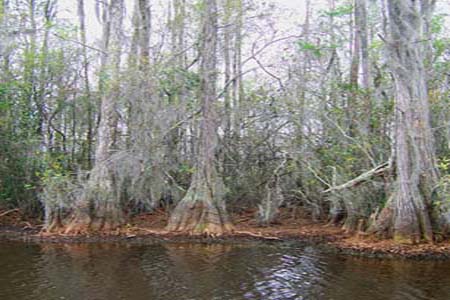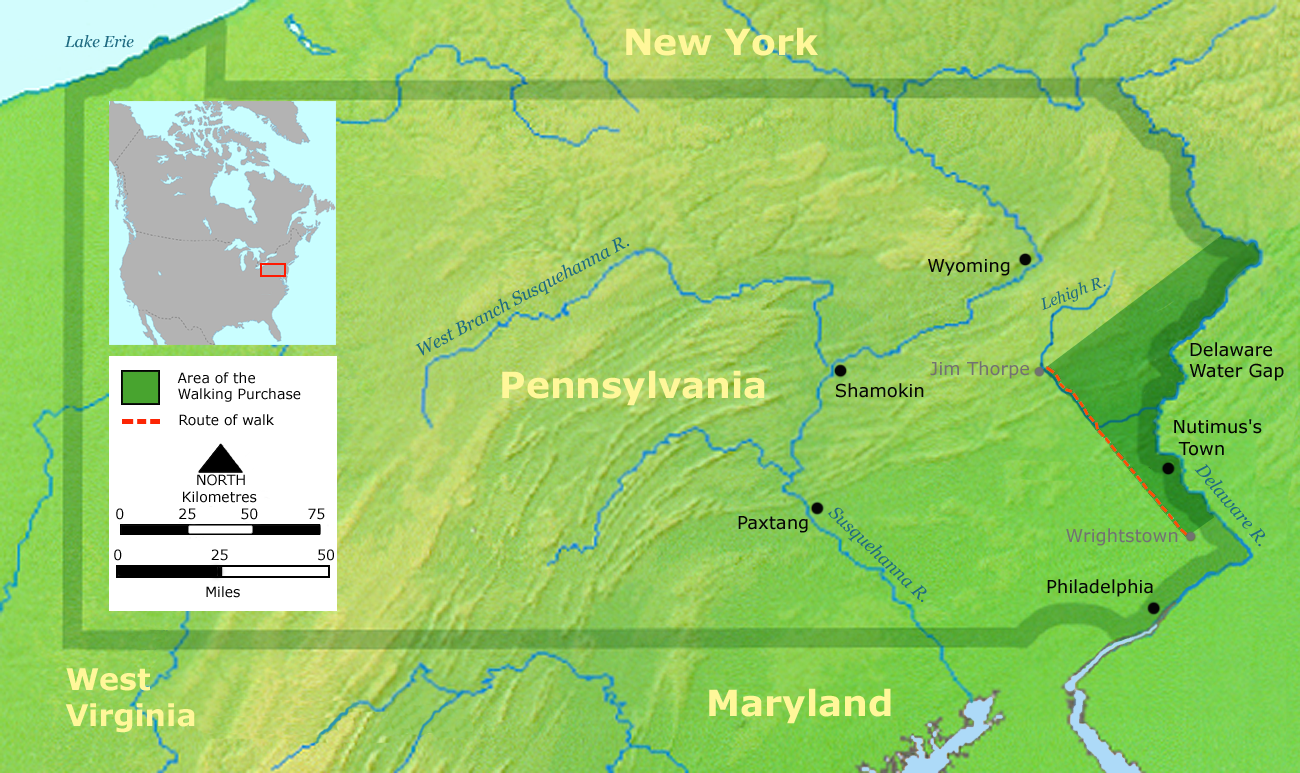 |
 |
 |
Photographs (left to right): Okefenokee National Wildlife Refuge, Florida; Tetons, Wyoming; Snowy Range, Laramie, Wyoming
Wampum Belt Archive
William Penn Belt 1682

From Tehanetorens (1999)

Reproduction: Richard D. Hamell
March 14 2013
Original Size: |
approx. Length 38.0 inches. Width: 17.5.0 inches. Rows: 10. |
Reproduction: |
Beaded Length: 28.6 inches. Length w/fringe: 52.6 inches. |
Beads: |
Rows: 165 by 18 wide. Total Beads: 2,970. |
Materials: |
Warp: Deer Leather. Weft: Artificial Sinew. |
Description:
Tehanetorens (quote): "This belt was given to the indians before they entered the Council House where the treaty was to be made. It was a token of amity and good faith. The figure with the white heart represents the white man and the other figure represents the Indian. When the treaty had been concluded and the Indians went out of the Council House with William Penn, they presented him with a return belt as evidence of their good faith."
Quote Bardeau (2011)
Oral Tradition: This belt is said to have been given by William Penn to Shackamaxon in 1673. At about this time, Penn also purchased 4 tracks of land from Chief Tamaned, leader of the Lenape Nation (Delawares), prior to a treaty council in 1683. The figure with the white heart signifies the peace and sincerity of Penn and his followers. The other figure represents the Lenape Chief and his people. The inner square represents the thought was guided by love and peace, and the outer square represents truth by the Great Spirit. The two diagonal lines indicate that the two groups will live side by side in harmony and they will support each other to protect the friendship.
------------ The Walking Purchase
 This belt was given to William Penn by Lenapé Chief Tamenend following the signing of the Great Peace Treaty of 1682, which took place under an elm tree at Shackamaxon (Pennsylvania).
This belt was given to William Penn by Lenapé Chief Tamenend following the signing of the Great Peace Treaty of 1682, which took place under an elm tree at Shackamaxon (Pennsylvania).
The belt signifies the reaffirming of the friendship, good will, openness, and love forever between the people of the Lenapé and Penn and his people as was expressed in the First William Penn Belt just previous to the Peace Treaty council. Later, after William Penn's death, his sons cheated the Lenapé of over 1.2 million acres in the Lehigh Valley through the Walking Purchase of 1737.
It was Penn’s sons “who falsely represented an old, incomplete, unsigned draft of a deed as a legal contract.”
They convince the Chiefs the Lenapé Chiefs 50 years ago agreed to give the Penn family land which could be walked in a day and a half. To assure they would get as much land as possible Tom Penn had paths cleared through the woods and hired the three fastest runners in the province.

In 2004, the Lenapé’s case was dismissed by the United States Supreme Court.
Reference:
Bardeau, Phyllis Eileen Wms. 2011. Definitive Seneca: It's In The Word. Jaré Cardinal, editor. Seneca-Iroquois Museum Publisher, Salamanca, New York, 443pp.
Hill, Rick. 1989. Council Fire. Woodland Cultural Centre, Brantford, Ontario, 51pp.
Tehanetorens. 1999. Wampum Belts of the Iroquois. Book Publishing Company, Summertown, TN.
 |
 |
 |
 |
 |
 |
 |
 |
|---|